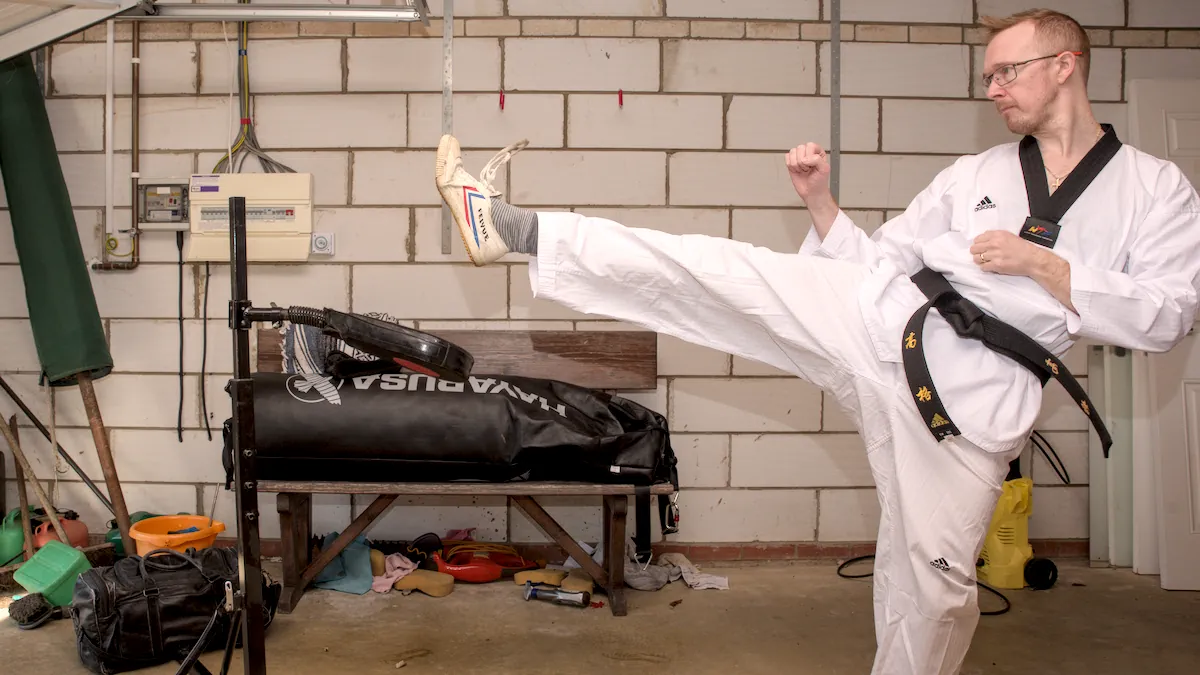Fitness experts have released the five muscle-building mistakes that gym-goers make, ruining their gains and keeping them skinny.
Experts from Mirafit, a UK-based fitness equipment brand, released the most often made mistakes to help and encourage anyone trying to add a few pounds of muscle to their frame.
Gareth Sapstead, world-renowned strength and fitness coach, commented: “There’s an abundance of information surrounding exercise, and it can be overwhelming for fitness enthusiasts. However, once you understand the mistakes that may be preventing muscle growth, you can set goals, fix bad habits to start seeing results.”
1. Not Getting Enough Sleep
Often overlooked when it comes to exercise, sleep is vital to gaining muscle. Many gym-goers sacrifice sleep to wake up for early workouts, but this has a negative effect on muscle building. It’s a common reason for not seeing results despite setting great goals.
A minimum of 7 hours of sleep each night is crucial for building muscle; without this, the production of testosterone, an essential hormone for muscle building, decreases. Reduced sleep is also related to higher cortisol levels, which breaks down muscle mass and hinders progress.
Lifting heavy weights and pushing through tough workouts becomes increasingly difficult when the body is tired. Sleeping earlier at night is crucial for muscle growth.
2. Incorrect Form
Targeting the intended muscles using the correct form should always be a priority when working out. With improper form, little to no progress will occur, and the risk of strains, sprains, and tears increases dramatically.
Ego lifting is one of the leading causes of incorrect form, a term used to describe someone who tries to lift heavier than they can handle. To get the weight up, they swing or squirm to incorporate more muscles into the lift, increasing the likelihood of injury.
It’s crucial only to lift weights when a single rep can be performed slowly and with the correct technique. Doing so will ensure targeting of the right muscles and will allow consistent incremental weight increases over time.
Warming up with no weight is perfect for practicing form. It prepares the muscles for lifting heavier and engrains the technique.
3. Overtraining
“In an ideal world,” commented Sapstead, “if you put time and effort into your training, then you should be rewarded by seeing growth in muscle and changes to your physique. Unfortunately, that just isn’t the case.”
While it’s essential to work out regularly to see results, there’s such a thing as working out too much. Overtraining will cause muscle soreness, which prevents a similarly hard workout the next day. It can also lead to injuries like sprains, resulting in time off from the gym.
Rest days are essential for muscle growth, giving them time to repair and replenish the glycogen stores to prepare for the next workout.
Wait at least 48 hours before training the same muscle group, as well as factoring in at least one complete rest day each week. Avoid excessively long workouts, and don’t abruptly increase intensity and volume.
Keep track of each workout in a second brain app, including exercises, reps, sets, and rests, to help recognize when overtraining occurs. As always, it is important to consult a doctor or a professional before strenuous exercise.
Coach Sapstead sums it up well, “Too little will leave progress on the table, while too much can result in overtraining and the negative effects that come with it.”
4. Diet
The two critical components of a muscle-building diet are protein and calories.
A high-calorie intake allows damaged muscle tissue to regrow after a workout, while foods high in protein provide the body with amino acids that help muscles repair and rebuild.
It’s important to remember that increasing calorie intake doesn’t need to be unhealthy. Opt for foods like oats, avocado, and brown rice, which are high in calories but still considered a part of a healthy diet.
Adding processed foods to increase calories will likely cause fat gain rather than muscle gain. By adding food high in protein, such as boiled eggs, chicken breast, and Greek yogurt, muscle gain will become easier.
5. Too much cardio
Cardio has many health benefits, including weight loss and lowering blood pressure – but too much can hinder muscle-building progress.
Cardio burns calories that are important for muscle growth while also reducing levels of testosterone, which is vital for muscle growth. Cardio also causes fatigue, making a heavy lifting session more challenging.
Two weekly cardio workouts are typically enough to reap the benefits without preventing the muscle-building progress. However, if an athlete is still not seeing results, try a shorter workout or cut back to once a week.
Motivation and Consistency Win
Motivation is key for consistency. It could come from a local athlete, a kung fu film, or a favorite song. On those days when the workout feels long and hard, go back to that song or movie and reignite some motivation.
Everyone was once a beginner in the gym, so mistakes are common – but it’s important to stay determined and keep showing up. Learning new information about technique will help on any fitness journey, but nothing beats consistency.






